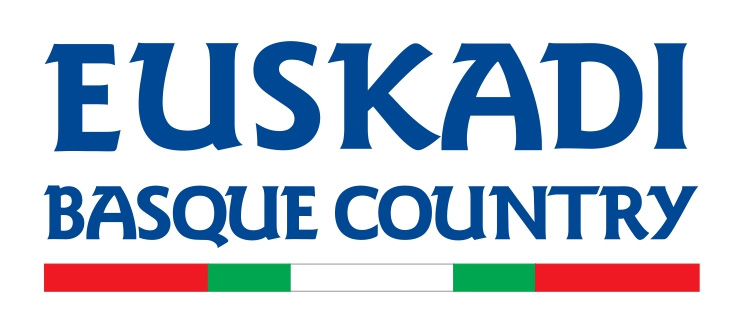REGIONs4CLIMATE / Resilient Regions / Basque Country
Challenges and solutions
Due to the effects of climate change, locations near coats have become more vulnerable to rising sea levels, coastal erosion and storm surges, risking local homes and populations. Its sea level is expected to increase between 0.45-0.8cm by 2100, which, combined with the fact that 75% of the population lives in coastal areas, makes it one of the biggest adaptation challenges for the Basque Country.
Txingudi Bay is located in a transboundary conurbation of 95,000 inhabitants in the Bidasoa estuary located on the border with France. It is a highly anthropised area of unique marshes that is highly exposed to the rising sea level and its related impacts. Restoring the original marshland in Txingudi Bay can improve the capacity for resilience against the effects of climate change and have a positive impact on the biodiversity of the area. In total, 5.5 hectares of land will be recovered.
Informational panels along Txingudi Bay.
Source: Ihobe - Basque Government
Basque Country has committed to

Restoring estuarine dynamics

Reconnecting marsh and wetland areas

Evaluating the impacts of restoration

Strengthening and adapting governance and planning structures
Several innovative actions
Social
Deploying the Basque Mission for Adaptation to Climate Change with the participation and consensus of all agents involved, especially citizens and SMEs.
Visit of the bay by the local partners involved in the Regions4Climate project.
Source: Ihobe - Basque Government
Environmental
Restoring the marshes and wetlands to improve the capacity for resilience and minimise the effects of climate change. This restoration will also significantly improve the biodiversity in the area.
Txingudi Bay, lagoon to be connected to marsh.
Source: Ihobe - Basque Government
Economic
Supporting the fishing sector by developing integrative tools for marine resources.
Actively involving the private actors and financing sector in climate adaptation.
Txingudi Bay, part of the marsh to be enlarged.
Source: Ihobe - Basque Government
Policy and governance
Highlighting lessons learned and establishing a technical board for coastal adaptation.
Developing a detailed strategy to define and apply adaptation pathways to other areas in the Basque Country.
Strengthening and adapting governance and planning structures by implementing a multi-scale monitoring program that can evaluate the effectiveness of resilience innovations.
Adolfo Uriarte, Director of Natural Heritage of the Basque Government, explaining the intervention.
Source: Ihobe - Basque Government
Faster Adaptation Challenge Suite
The Basque Country is the frontrunner region in the Faster Adaptation Challenge Suite. The Challenge Suite recognises the need for innovation and Faster Adaptation to combat climate change and reduce climate-related risks while safeguarding coastal ecosystem integrity.
Through these proposed demonstrations of innovation actions, the Basque Country is well on its way to becoming a leading example of climate resilience in Europe.
In the press
28/10/2024
Entidades expertas en dinámica costera visitan Txingudi para conocer la futura intervención en la laguna de San Lorenzo, en el marco de la Misión de Adaptación al Cambio Climático, el proyecto Regions4Climate y la Red Natura 2000, de la UE
25/10/2024
Uhinak se cierra con el objetivo de acelerar medidas ante el avance del cambio climático
24/10/2024
Ihobe se moviliza para afrontar la adaptación al cambio climático del litoral vasco
23/10/2024
Integrantes de Regions4Climate se interesan por la futura intervención en la laguna de San Lorenzo
22/10/2024
Ihobe reúne a los principales agentes implicados en la adaptación al cambio climático del litoral vasco
18/10/2024
Claves para mejorar la gestión costera frente a los temporales
17/10/2024
Zarautz y Donostia, los municipios costeros con el mayor número de reclamaciones de seguros por daños de temporales
17/10/2024
La playa seca y las barreras naturales y artificiales son clave para proteger la costa frente a temporales, según Azti
Discover the other regions in the
Faster Adaptation Challenge Suite
All Regions4Climate regions






